By Al Hemingway
Before World War II, the peaceful, serene Belgian village of Malmedy, located in the eastern portion of the country in the province of Liege, was a resort. Many would travel there because of the reputed healing waters of the nearby spas.
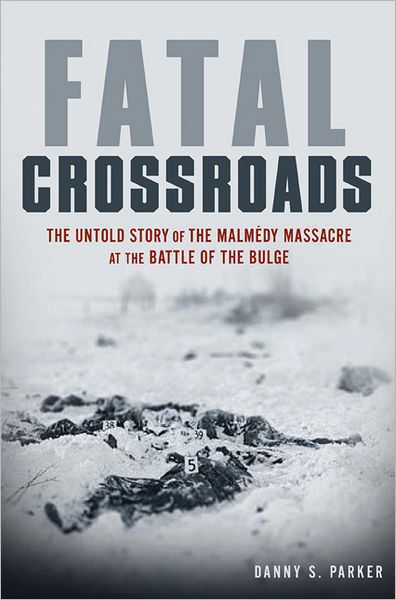 Unfortunately, the Nazi invasion during the war put a halt to the tourist trade. Because of its strategic location, the hamlet was considered vital, and during the Battle of the Bulge the Germans raced across the region to cut off Allied units.
Unfortunately, the Nazi invasion during the war put a halt to the tourist trade. Because of its strategic location, the hamlet was considered vital, and during the Battle of the Bulge the Germans raced across the region to cut off Allied units.
It was near the village of Malmedy on December 17, 1944, that one of the worst atrocities of World War II took place against American soldiers. More than 80 U.S. servicemen were gunned down in cold blood in an open field by SS units.
In his latest book, Fatal Crossroads: The Untold Story of the Malmedy Massacre at the Battle of the Bulge (Da Capo Press, Cambridge, MA, 2011, 416 pp., photographs, maps, notes, $26.00, hardcover), historian Danny S. Parker gives a riveting account of that awful winter day from those who miraculously survived the horrendous ordeal.
While traveling to Malmedy the morning of December 17, the men of the 285th Field Artillery Observation Battalion came under heavy fire from SS units commanded by SS Lt. Col. Jochen Peiper, a notoriously brutal leader who had seen action on the Eastern Front.
Peiper was instructed by his superior officers, especially 6th SS Panzer Army General Sepp Dietrich, to breach the Allied lines, cross the Meuse River, and seize Antwerp. Although the plan was rife with shortcomings, Peiper nevertheless took on his assignment with vigor and would let nothing stand in his way until he had accomplished his objectives—even if it meant slaughtering prisoners and innocent civilians.
Outmanned and outgunned, about 120 soldiers of the 285th FAOB surrendered and were marched to an open field where they were systematically raked with machine-gun fire. As many lay dying and moaning for mercy, SS troopers strolled among the carnage and callously put bullets in their heads.
Staff Sergeant William Hite Merriken had been struck by several rounds in his back. The Virginia native managed to keep still with his face pressed against the snow. One GI had somehow managed to fall on top of Merriken when the shooting began and was now crying out in pain. When two German soldiers neared, they fired several bullets into the wounded man, killing him and wounding Merriken in the knee. To keep from crying out, he bit his arm. The pair walked away, and Merriken had lived through the worst day of his live.
Although those involved in the Malmedy massacre,including Peiper, were captured after the war, most would escape the death penalty and only several dozen would get a life sentence for their part in the murders.
Peiper was released from prison in 1956 and took up residence in France. Former French resistance fighters and Communist sympathizers ultimately unearthed Peiper’s sordid past, and he soon received death threats. In July 1976, he was shot several times. His house was set on fire, and Peiper’s burned remains were discovered in the rubble. No one was arrested for the incident.
Like the other American survivors, Merriken would make it back to his hometown of Bedford, Virginia, find employment, marry, and raise a family. But that horrific day, just eight days before Christmas in 1944, would haunt him forever.
To ensure that people remember the horror of that day, Malmedy survivor Harold Billow carefully places 100 small American flags on his front lawn four times a year.
“When I put out the flags, it reminds me of that day,” he said. “I feel happy that somehow some of us got out of there alive.”
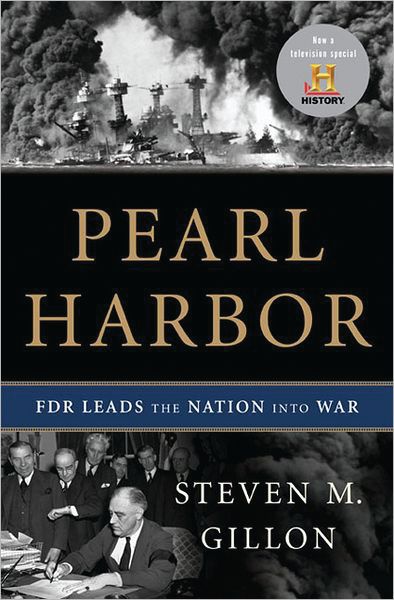 Pearl Harbor: FDR Leads the Nation to War by Steven M. Gillon, Basic Books, New York, 2011, 240 pp., photographs, notes, $25.99, hardcover.
Pearl Harbor: FDR Leads the Nation to War by Steven M. Gillon, Basic Books, New York, 2011, 240 pp., photographs, notes, $25.99, hardcover.
As the author states, there have been a plethora of books about the Japanese sneak attack on Pearl Harbor on December 7, 1941. As he so adeptly points out, however, his book focuses on the events immediately following the tragedy and how President Franklin Delano Roosevelt summoned all his inward strength, courage, and ironically enough of his deceptive skills, to inform congressional leaders and the American people that their nation had been attacked.
Because that fateful December day was unusually warm, many Americans did not receive the news about the attack on the Hawaii until hours later. Many had ventured out to escape the winter doldrums to get some Christmas shopping done and enjoy the weather.
Roosevelt, always the consummate politician, controlled much of the information about what happened, deliberately not releasing the magnitude of the damage and the casualties.
FDR had his reasons for holding back vital facts. First, he wanted to maintain the morale of the American people. Also, he did not want the Japanese to believe that Hawaii was so weakened by the attack that they might decide to launch a ground assault there. Confusion reigned in the hours after the aerial assault, and the president and his staff needed to sift through the reports to determine what was true and what was false.
FDR was forced to make on-the-spot decisions with little time to consider their far-reaching consequences. He was no stranger to making such hard choices; for most of his time in office he dealt with monumental events such as the Great Depression, natural disasters like the dust bowl of the Midwest, and assisting Great Britain in staying afloat in its war with Germany in 1939.
FDR was an unusual person who, according to one confidant, found it difficult to make and maintain personal friendships. He used people and then callously tossed them aside when they did not suit his purpose any longer.
Yet, during those moments right after Pearl Harbor, when America held its breath, he rose to the occasion and did what had to be done to place the country on a war footing and defeat Japan and Germany, saving the world for democracy.
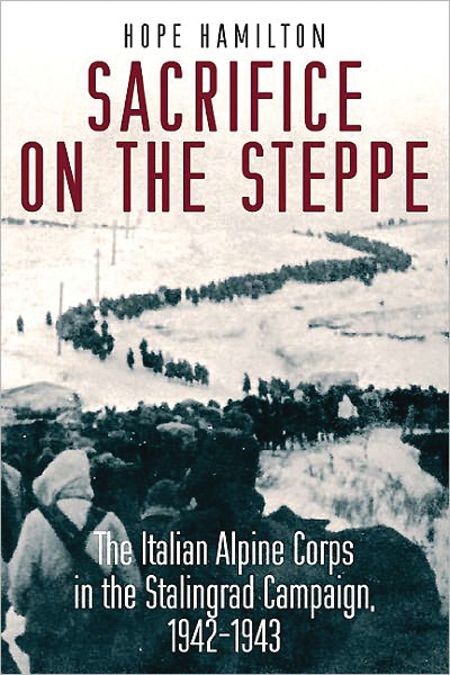 Sacrifice on the Steppe: The Italian Alpine Corps in the Stalingrad Campaign, 1942-1943 by Hope Hamilton, Casemate Publishers, Havertown, PA, 2011, 366 pp., maps, photographs, index, notes, $32.95, hardcover.
Sacrifice on the Steppe: The Italian Alpine Corps in the Stalingrad Campaign, 1942-1943 by Hope Hamilton, Casemate Publishers, Havertown, PA, 2011, 366 pp., maps, photographs, index, notes, $32.95, hardcover.
The author has a very keen interest in the Italian Alpine Corps which fought at the Battle of Stalingrad on the German side in World War II. She had two uncles who served in the elite unit, both of whom miraculously survived the awful ordeal. They both managed to escape being killed, but they had to endure the brutal Russian winter.
Three Italian alpine divisions were sent to the Eastern Front, all of them marching hundreds of miles over horrible terrain. Setting up positions along the Don River, and outnumbered by their German counterparts, many of the Italian soldiers were still wearing summer uniforms suited for the desert and had antiquated weapons and equipment left over from World War I.
As the savage fighting continued, the Italians witnessed firsthand the extreme brutality of the Germans toward Russian civilians. Soon, most of them began to sympathize with these noncombatants and started to despise the German Army and its method of waging war. Also, the Germans treated the Italians as inferior soldiers even though they had performed remarkably well with second-rate material and arms.
When the Russians mounted a huge offensive against their lines, the Germans fled and never notified the Italian troops. The alpine soldiers put up a dogged defense but finally succumbed to the overwhelming superiority of the Russians. Both of Hamilton’s uncles spent time in a POW camp. When both came home, it was not to a hero’s welcome.
Hamilton, who speaks fluent Italian, spent a decade tracing the fighting record of the alpine divisions. Interspersed with tales from her uncles, she has done a remarkable job telling their story and finally paying tribute to their heroic achievements on the Russian Front.
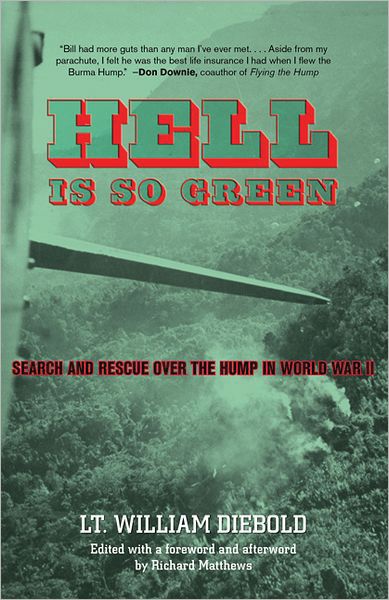 Hell Is So Green: Search and Rescue Over the Hump in World War II by Lt. William Diebold, edited by Richard Matthews, Lyons Press, Guilford, CT, 2011, 262 pp., $22.95, hardcover.
Hell Is So Green: Search and Rescue Over the Hump in World War II by Lt. William Diebold, edited by Richard Matthews, Lyons Press, Guilford, CT, 2011, 262 pp., $22.95, hardcover.
Here is a wonderful firsthand story of an extraordinarily brave individual, Lieutenant William Diebold, a member of the U.S. Army’s Air Transport Command who rescued downed pilots flying over the Hump.
The Hump was a treacherous route over the eastern Himalayas. Pilots braved the weather and hazardous mountains in rickety aircraft to keep Chiang Kai-shek’s Chinese Army, which was fighting the Japanese, supplied. More than 3,000 pilots crashed in what was later dubbed “Aluminum Alley” because of the numerous aircraft that went down in the region.
Diebold, who died in 1965, managed to write his memoirs with the intention of publishing them. His untimely death prevented that. But his daughter and writer Richard Matthews were able to resurrect Diebold’s incredible tale of flying over the Hump.
The book begins with Diebold’s arrival in Assam, India. While checking in he learned that a native had brought a message from a P-51 Mustang fighter pilot who had crashed and was slowly dying in a remote portion of the jungle. Diebold quickly volunteered to parachute in, locate the man, and help bring him out. Because of his efforts, the pilot was ultimately saved, the first of Diebold’s many such attempts at locating and saving Allied crewmembers.
Here is a great book that concentrates on another little-known part of the conflict where brave men such as Diebold risked their lives daily to save their fellow pilots and air crews.
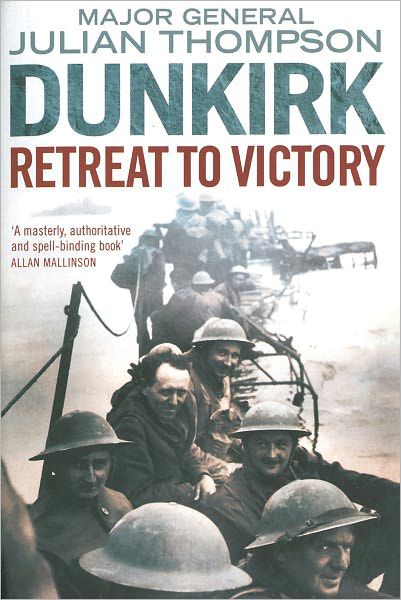 Dunkirk: Retreat to Victory by Major General Julian Thompson (Ret.), Arcade Publishing, New York, 2011, 352 pp., maps, photographs, notes, index, $24.95, hardcover.
Dunkirk: Retreat to Victory by Major General Julian Thompson (Ret.), Arcade Publishing, New York, 2011, 352 pp., maps, photographs, notes, index, $24.95, hardcover.
The author, a retired major general of the Royal Marines, gives a convincing argument that the small, ill-equipped and ill-trained British Expeditionary Force that was sent to France in 1940 to stem the tide of the German advance fought extremely well despite the aforementioned drawbacks.
Sandwiched between two massive German forces on the northern coast of France in May 1940, the British fought heroically to avoid capture. Surprisingly, German leader Adolf Hitler stopped his armored units, a decision still debated by historians to this day, and gave time for the Royal Navy and a flotilla of civilian watercraft to evacuate thousands of British and French soldiers from the beaches.
Thompson writes that the rescue of these men, together with England winning the air war during the Battle of Britain, would ultimately buy the island nation time to retrain and rearm its army, which had been cut during peacetime and led by officers with no foresight on how to fight and defeat the elite German forces that were rolling over western Europe.
Dunkirk: Retreat to Victory is a real eye opener and a fresh look at a battle always thought of as a disastrous defeat transformed into a great victory five years later.
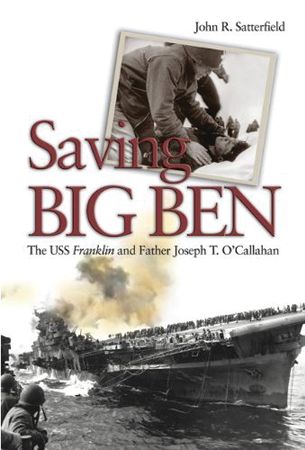 Saving Big Ben: The USS Franklin and Father Joseph T. O’Callahan by John R. Satterfield, Naval Institute Press, Annapolis, MD, 2011, 288 pp., maps, photographs, bibliography, notes, $34.95, hardcover.
Saving Big Ben: The USS Franklin and Father Joseph T. O’Callahan by John R. Satterfield, Naval Institute Press, Annapolis, MD, 2011, 288 pp., maps, photographs, bibliography, notes, $34.95, hardcover.
In the early morning hours of March 19, 1945, the aircraft carrier USS Franklin, nicknamed “Big Ben” by the crew, was steaming off the coast of Japan, the closest warship near the Japanese homeland up to that point.
Without warning, an enemy bomber swooped out of the clouds and let loose two 250-pound armor-piercing bombs. One projectile made its way through the flight deck and detonated near the bridge, lifting the 32-ton elevator from its shaft, bouncing it up and down like a yo-yo, before it fell back into its shaft. The second one followed the first but exploded above the aircraft awaiting takeoff. Fuel tanks filled with aviation gasoline and weapons ready to be loaded onto the planes began to ignite, causing a hellish scene aboard the ship.
From out of the horrendous destruction, where more than 700 crewmen would perish, rose Father Joseph T. O’Callahan, or “Father Joe” to the men. The good padre seemed to be everywhere, administering last rites, rescuing sailors, and risking his own life to enter severely damaged areas.
Because of his extreme heroism on that day, O’Callahan was awarded the Medal of Honor, but not without much pressure from politicians and newspapermen to have “Father Joe” presented with America’s highest award.
O’Callahan’s life was filled with much pain after the war, partly because he was a heavy smoker, but also because of his wartime experiences. Nonetheless, he rarely complained and continued to teach until a debilitating stroke prevented him from doing so.
“Father Joe” passed away in 1964, the first U.S. Navy chaplain to be given the Medal of Honor. The American flag draped atop his coffin was neatly folded and presented to his 90-year old mother, who outlived her famous son.
“Father Joe” had lived a life of giving unselfishly to others—and it never shone so brightly than on the tragic day in March 1945 while aboard “Big Ben.”
Short Bursts
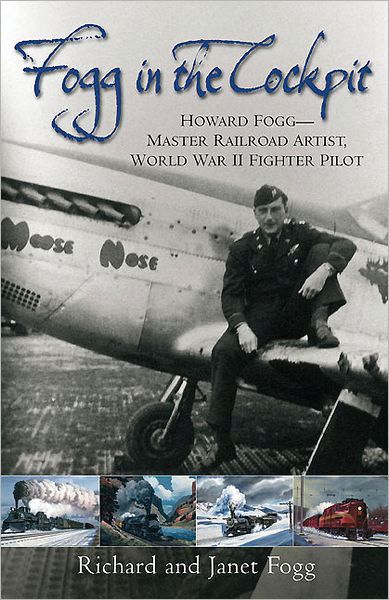 Fogg in the Cockpit: Howard Fogg—Master Railroad Artist, World War II Fighter Pilot by Richard and Janet Fogg, Casemate Publishers, Havertown, PA, 2011, 360 pp., photographs, $32.95, hardcover.
Fogg in the Cockpit: Howard Fogg—Master Railroad Artist, World War II Fighter Pilot by Richard and Janet Fogg, Casemate Publishers, Havertown, PA, 2011, 360 pp., photographs, $32.95, hardcover.
Howard Fogg was one talented individual. Not only was he America’s premier railroad artist, but he dropped his palette and brush to become a fighter pilot in World War II.
Originally New Yorkers, the Fogg family eventually migrated to the Midwest. After graduating from Dartmouth College, Fogg landed a job with the Union Pacific Railroad and later the Baldwin Locomotive Works prior to the war.
During the conflict, Fogg was assigned to the 359th Fighter Group and flew Republic P-47 Thunderbolts and North American P-51 Mustangs. More importantly, he kept a very detailed diary chronicling his wartime experiences which his son used as the basis for this book.
When he passed away in October 1996, his family spread his ashes along a section of Union Pacific track in Wyoming. Just moments later, a freight train sped by, a fitting end to a great artist—and fighter pilot.
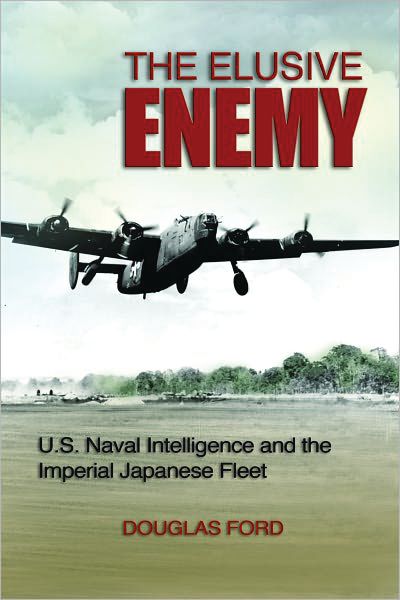 The Elusive Enemy: U.S. Naval Intelligence and the Imperial Japanese Fleet by Douglas Ford, Naval Institute Press, Annapolis, MD, 2011, 320 pp., maps, notes, index, $29.95, hardcover.
The Elusive Enemy: U.S. Naval Intelligence and the Imperial Japanese Fleet by Douglas Ford, Naval Institute Press, Annapolis, MD, 2011, 320 pp., maps, notes, index, $29.95, hardcover.
The author focuses on three concepts that guided the U.S. Navy when fighting the Japanese during World War II. First, because the U.S. and the Japanese had never been at war with each other, intelligence personnel considered it a top priority to determine how the enemy conducted themselves in battle. Second, the combat capabilities of the Japanese Navy were taken into serious consideration because planners realized that the United States and Japan would be locked in a protracted air-land-sea campaign for some time. Lastly, despite the racial slurs and derogatory remarks directed at the Japanese, that mind-set was not part of the intelligence system. The Navy formulated its opinions based on experiences of foreign nations who had fought the Japanese to determine their capabilities.
Ford delivers a fascinating book that will give the reader a whole new perspective on the Pacific War.
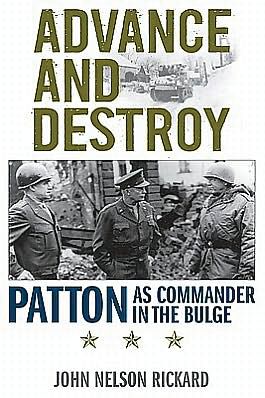 Advance and Destroy: Patton as Commander in the Bulge by John Nelson Rickard, University Press of Kentucky, Lexington, 2011, 352 pp., maps, photographs, bibliography, notes, $34.95, hardcover.
Advance and Destroy: Patton as Commander in the Bulge by John Nelson Rickard, University Press of Kentucky, Lexington, 2011, 352 pp., maps, photographs, bibliography, notes, $34.95, hardcover.
Much has been written about George Patton, the flamboyant general who was the center of much controversy in World War II. This book examines his strategy and actions during the Battle of the Bulge. Many of Patton’s superiors, as well as those who fought against him, held him in high regard as a soldier.
The author writes that Patton warrants his place as one of the top commanders in the European Theater because of his “high energy” and “effective command technique.” Despite his shortcomings, especially when he thoughtlessly slapped a soldier suffering from combat fatigue in a field hospital in Sicily, General Dwight D. Eisenhower, supreme Allied commander in Europe, placed his faith in Patton as a leader and remained loyal to him.
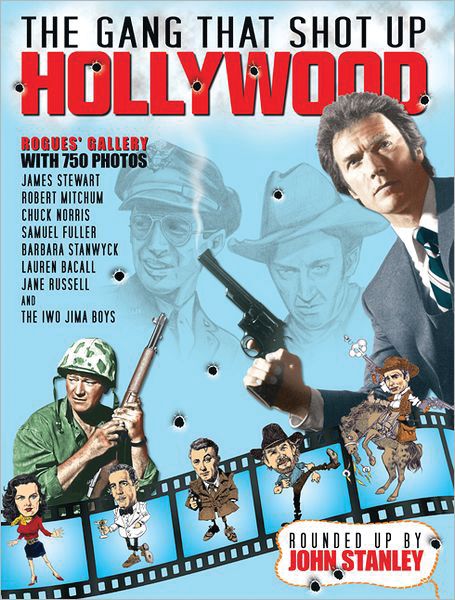 The Gang That Shot Up Hollywood by John Stanley, Creatures at Large Press, Pacifica, CA, 2011, 212 pp., index, photographs, $21.99, softcover.
The Gang That Shot Up Hollywood by John Stanley, Creatures at Large Press, Pacifica, CA, 2011, 212 pp., index, photographs, $21.99, softcover.
Although some of this book discusses actresses, actors, and directors not associated with the military, there is a section devoted to World War II, especially the Battle of Iwo Jima. The author, an entertainment reporter for more than 30 years with the San Francisco Chronicle, Stanley not only writes about the film Sands of Iwo Jima starring the legendary John Wayne, but also Lou Lowery, who snapped the first flag-raising picture, and Joseph Rosenthal, a San Francisco Chronicle photographer who took the iconic flag-raising photo atop Mount Suribachi on Iwo Jima.
Stanley also mentions the military careers of actor James Stewart, a retired U.S. Air Force brigadier general, and director Samuel Fuller, a veteran of the 1st Infantry Division during World War II.
The book is filled with photos and numerous anecdotes. A good read.
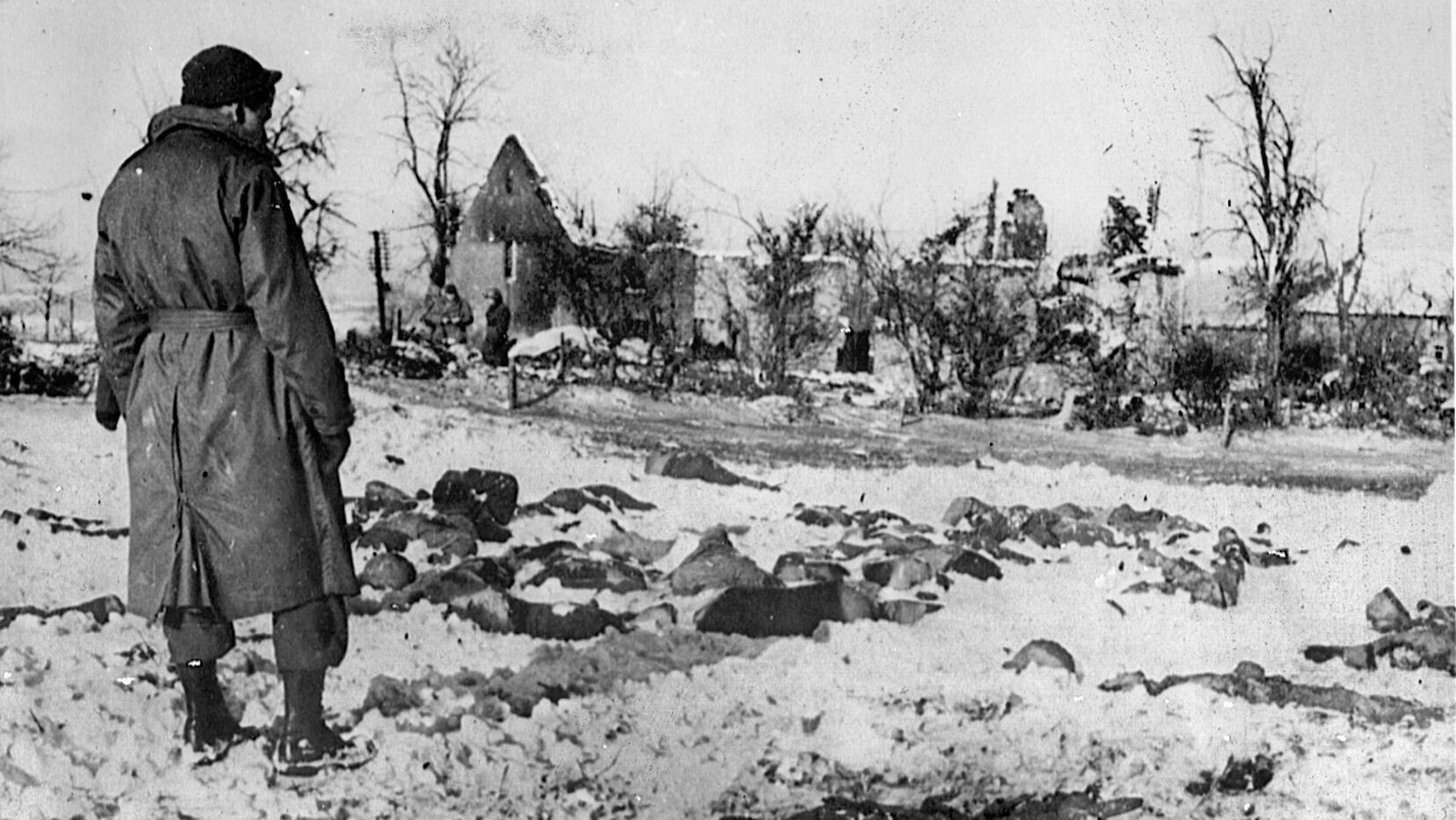
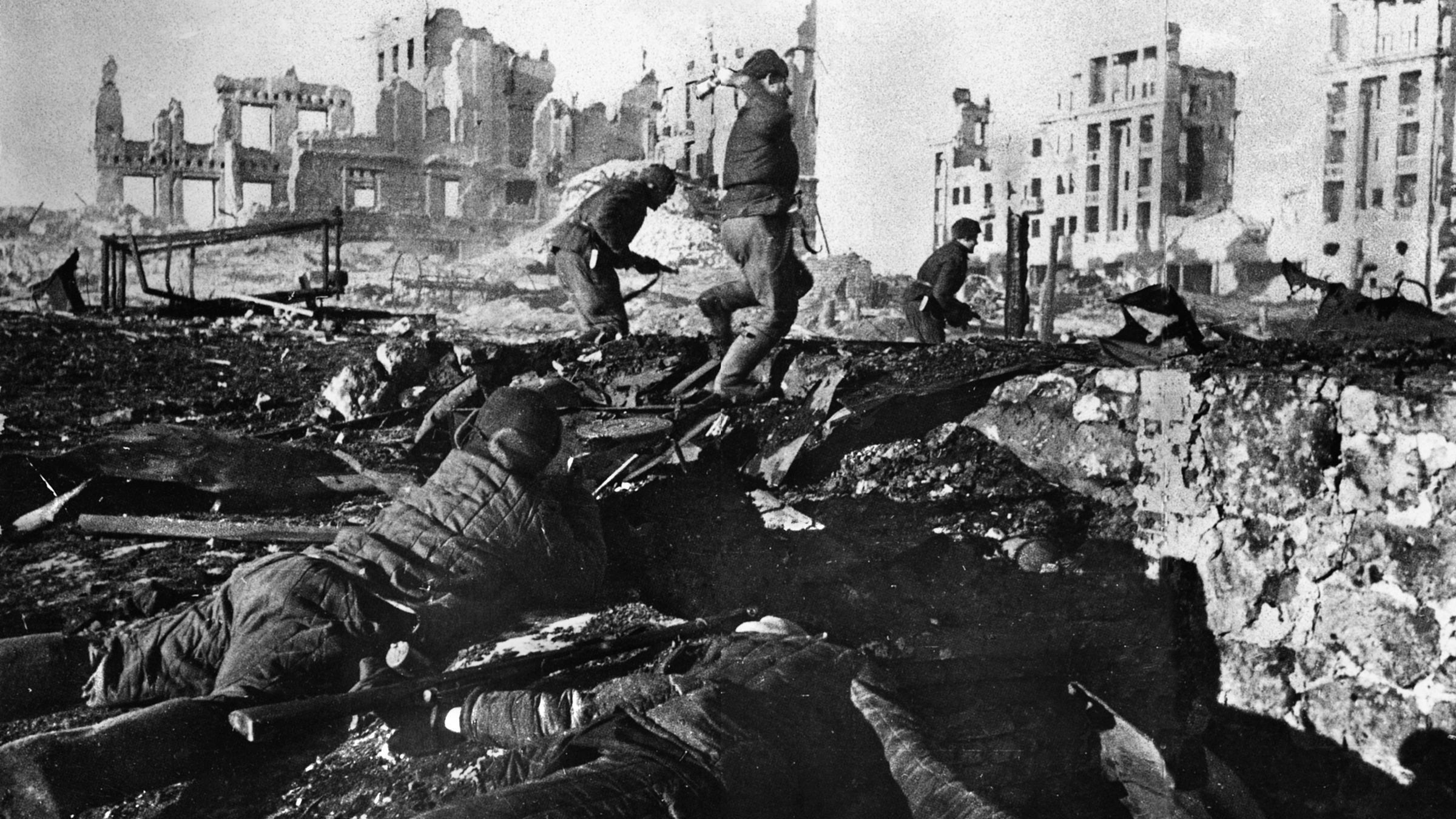
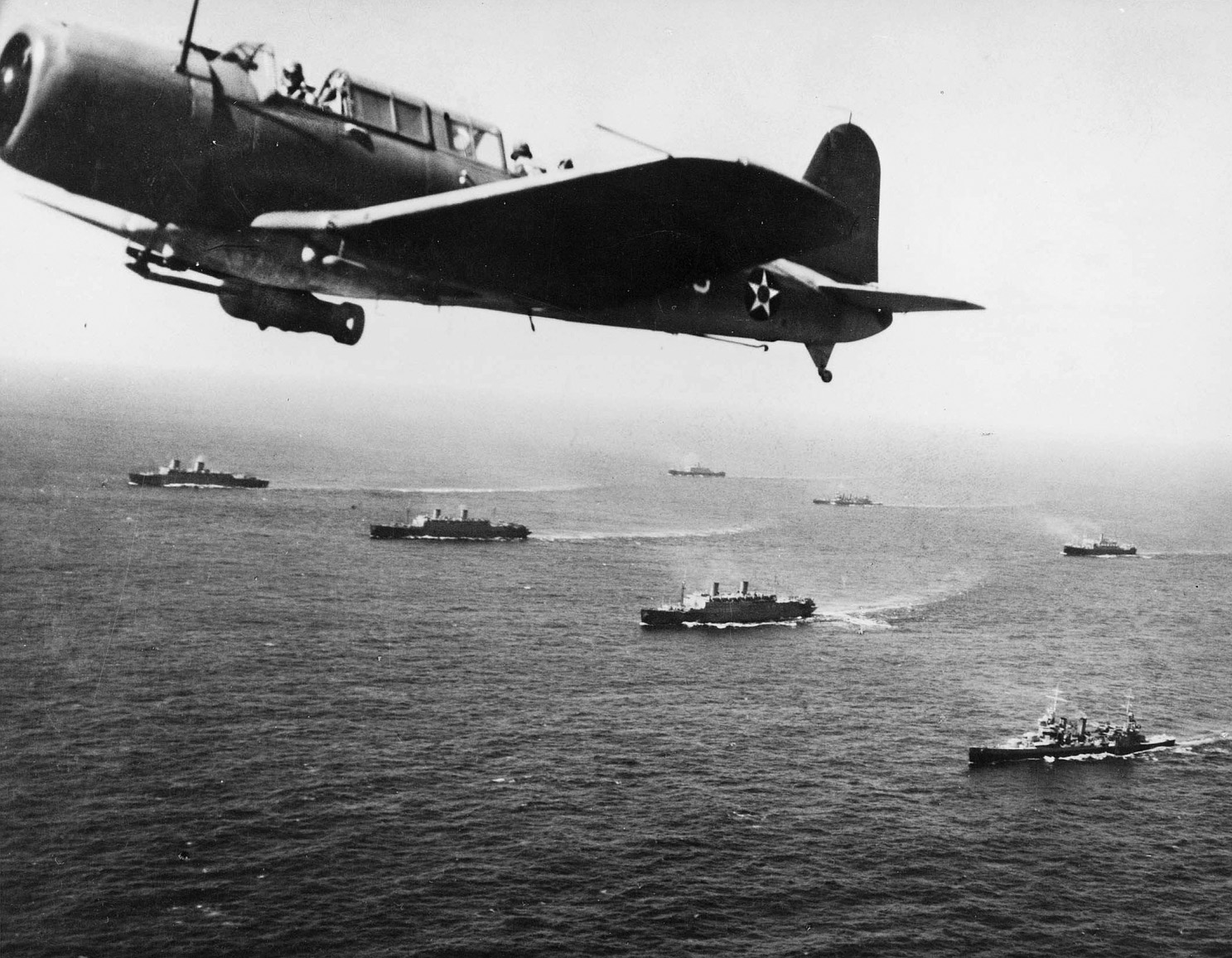
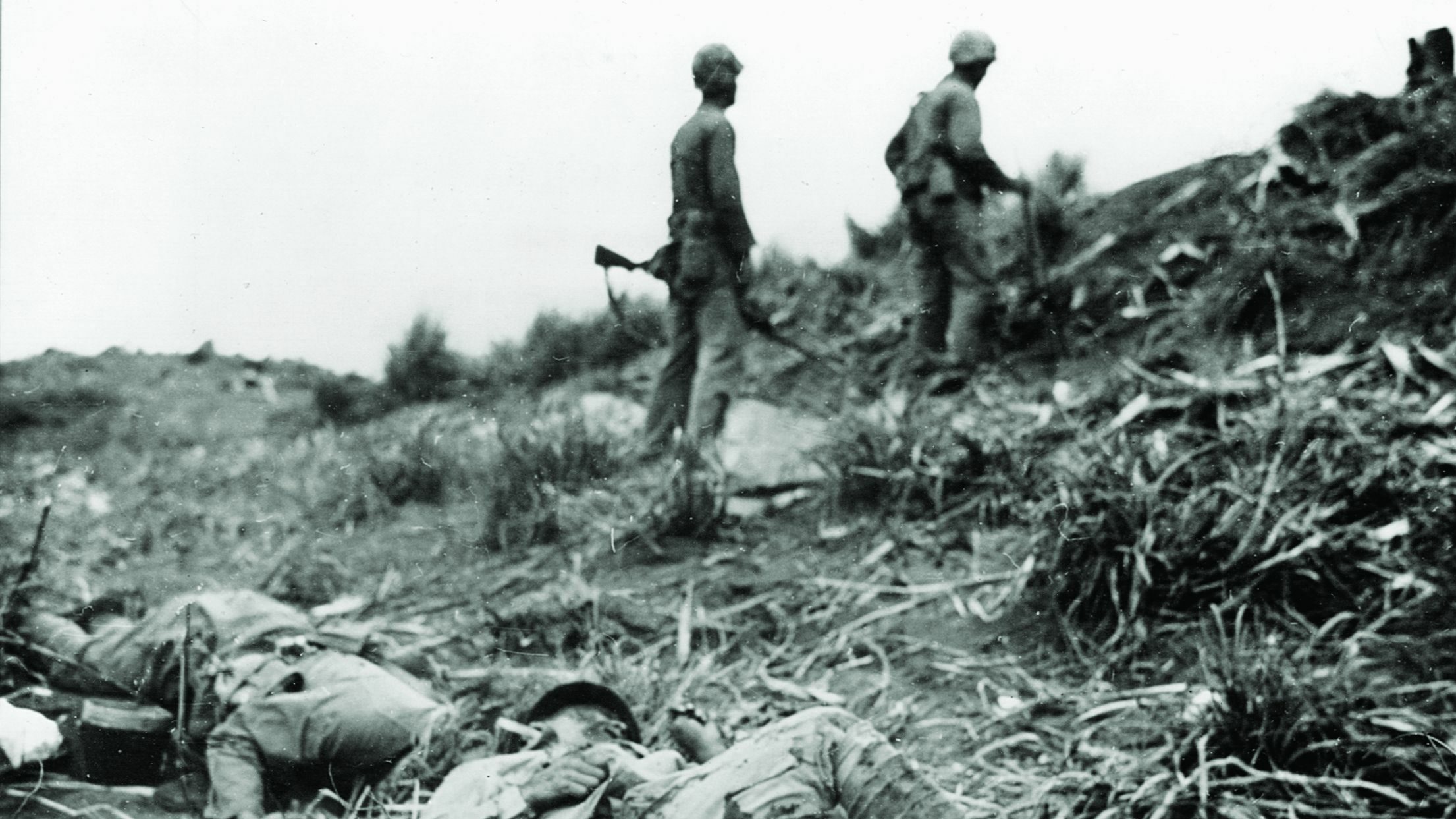
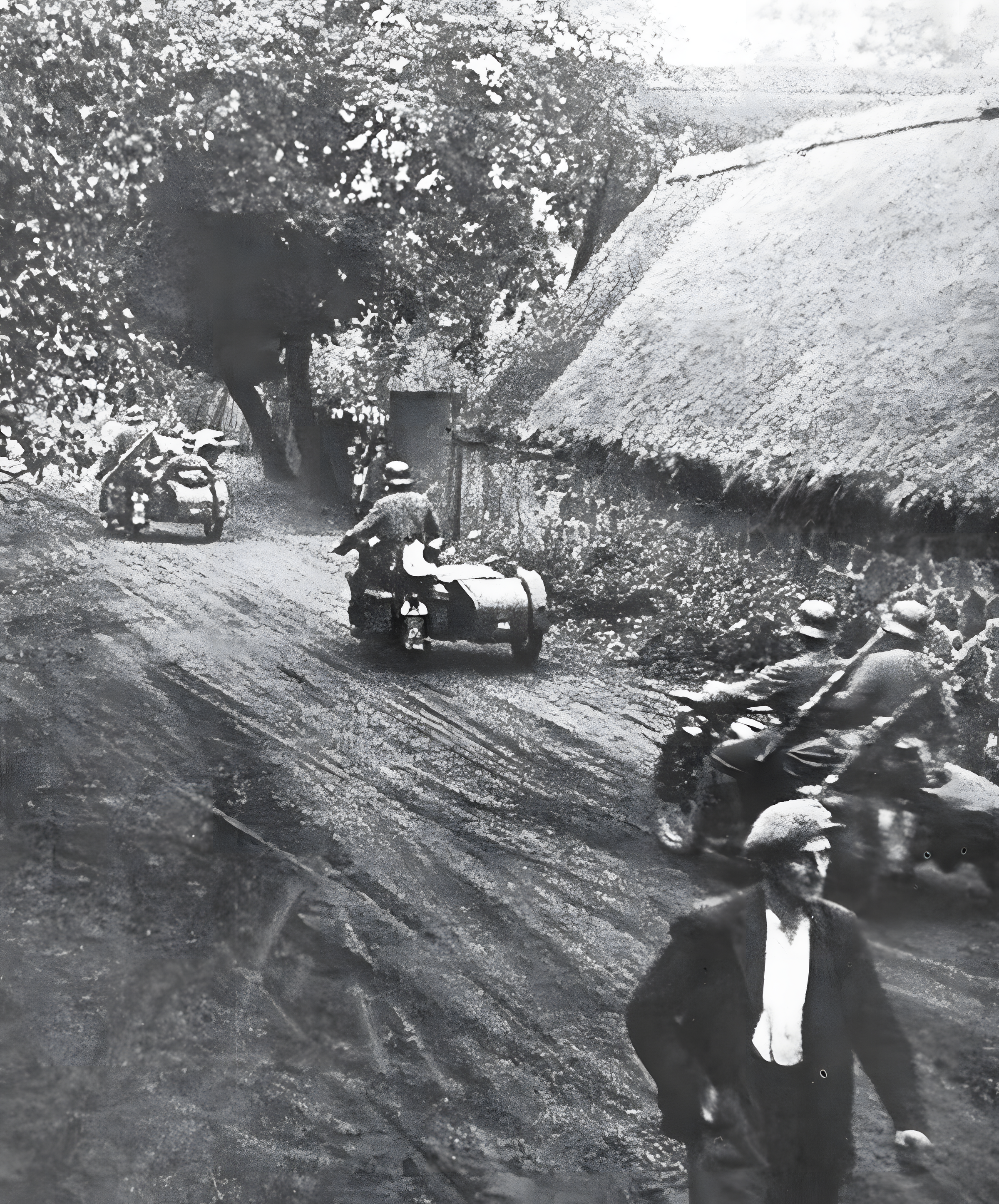
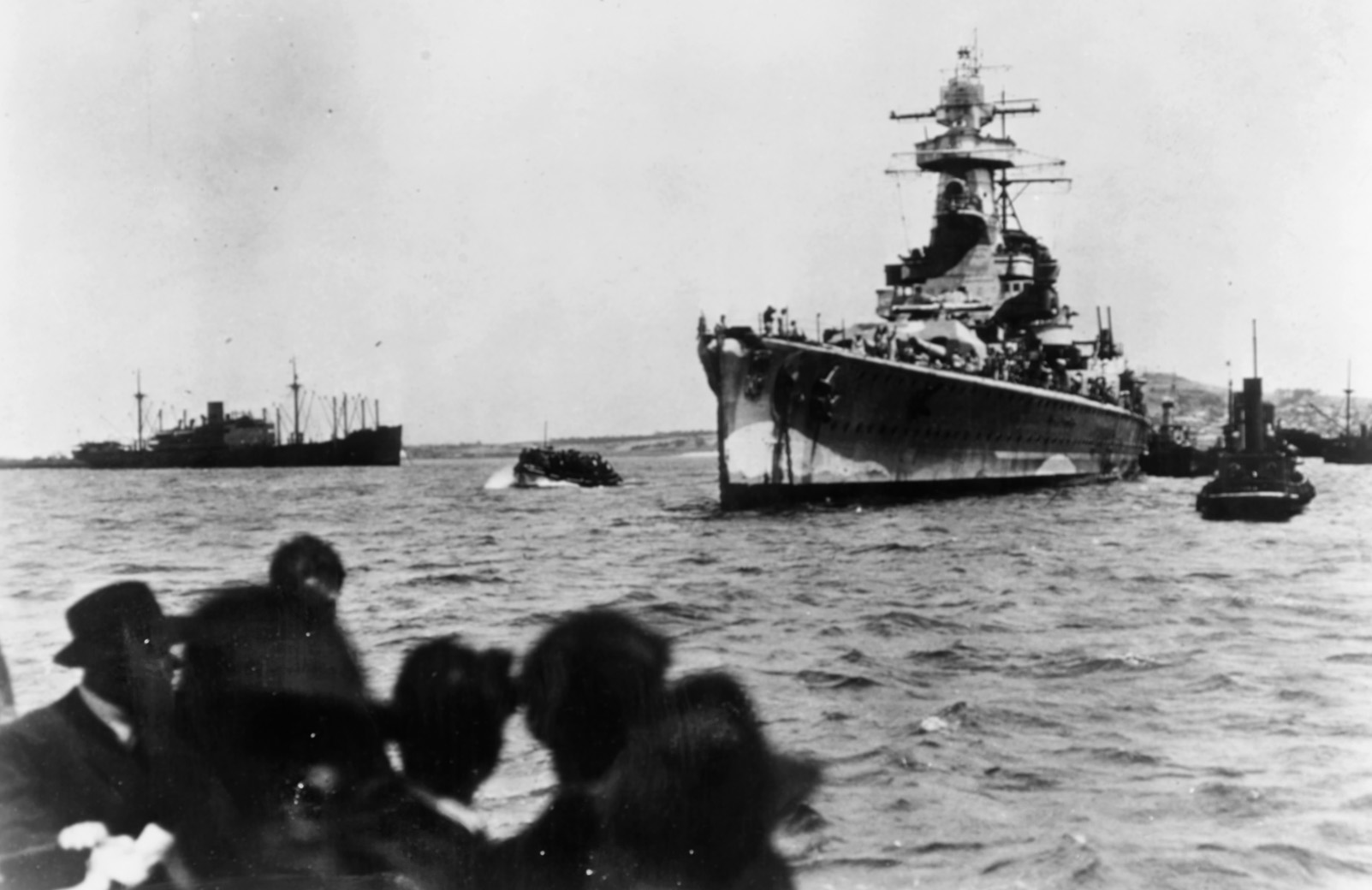
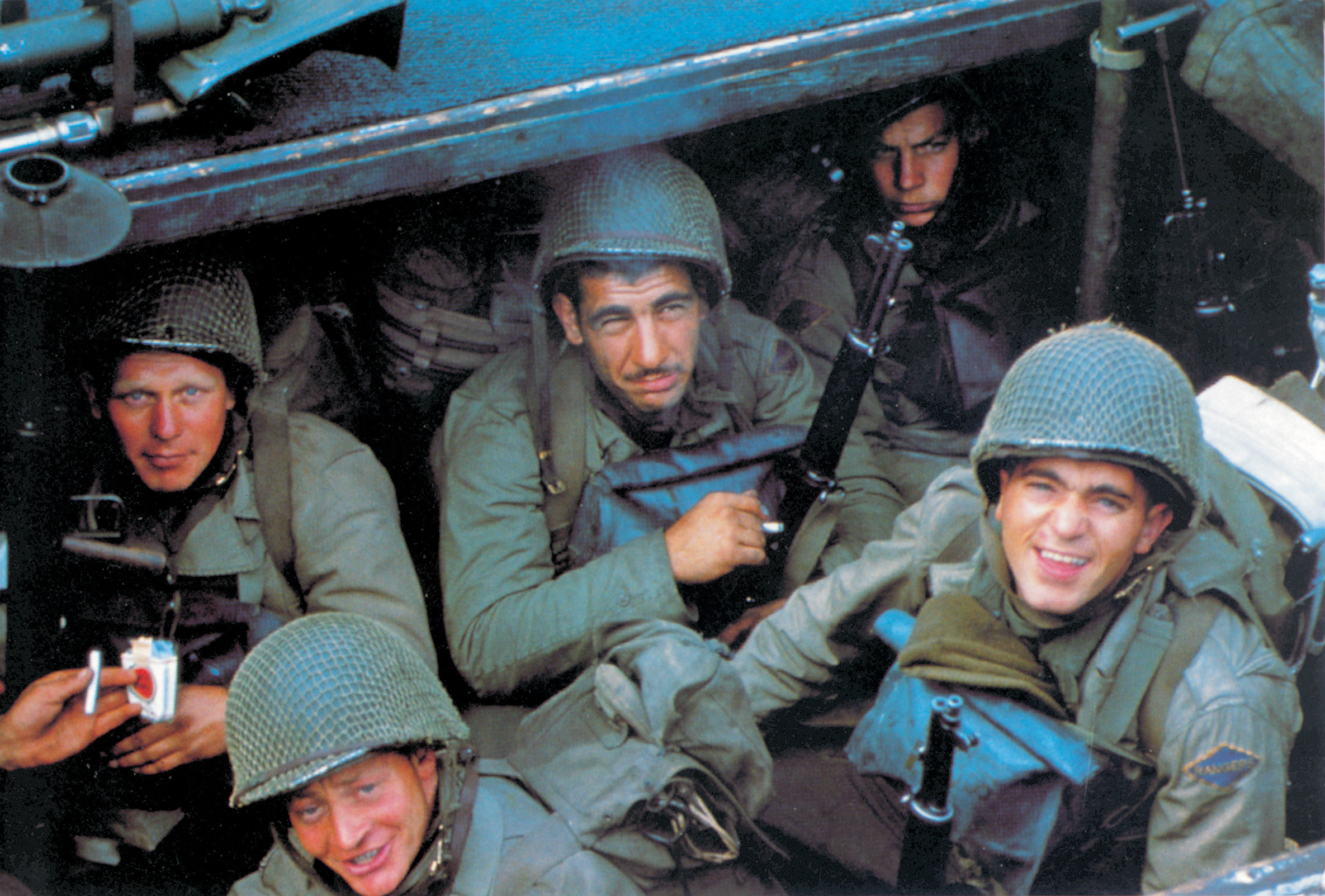
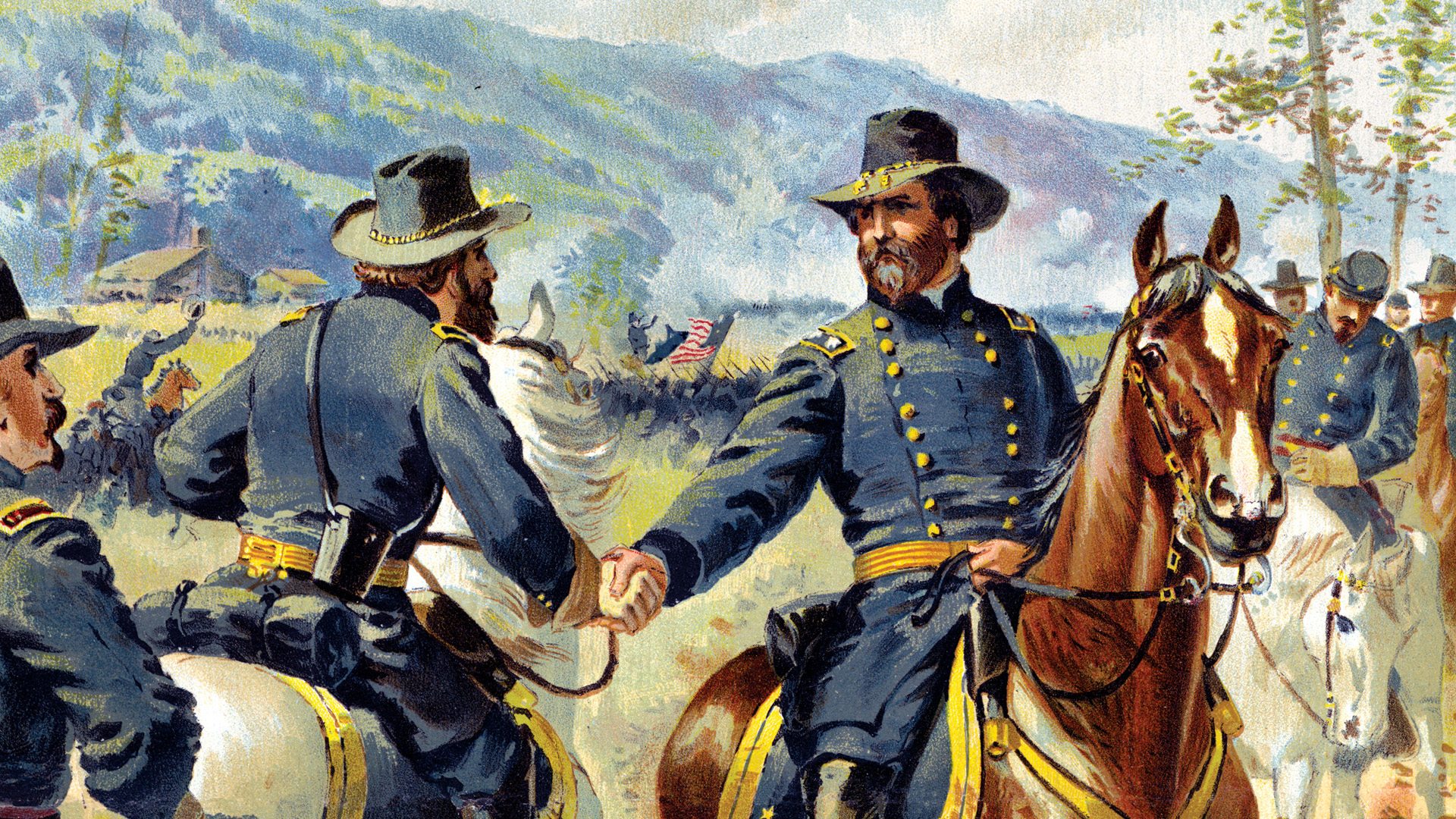
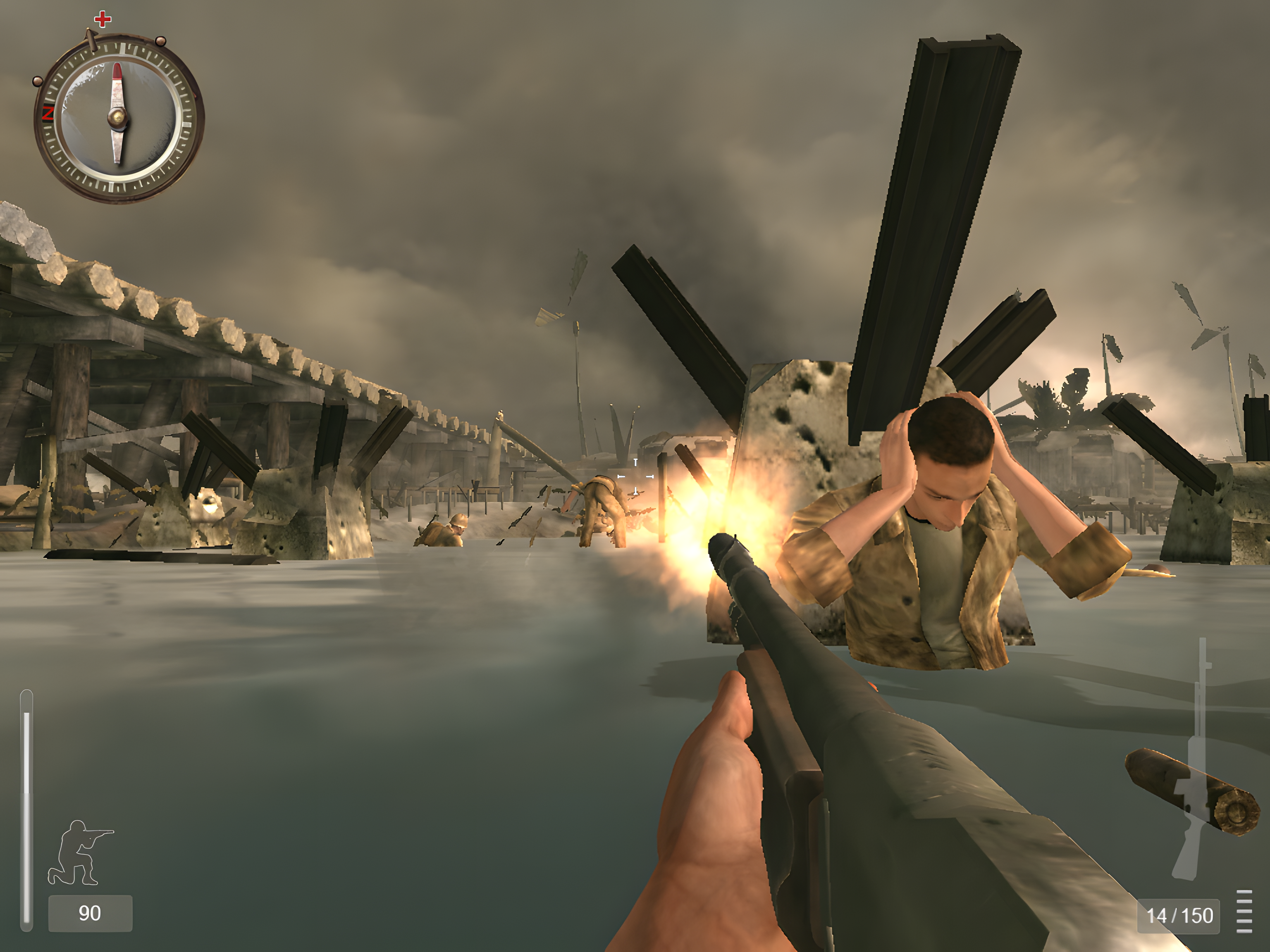
Join The Conversation
Comments
View All Comments